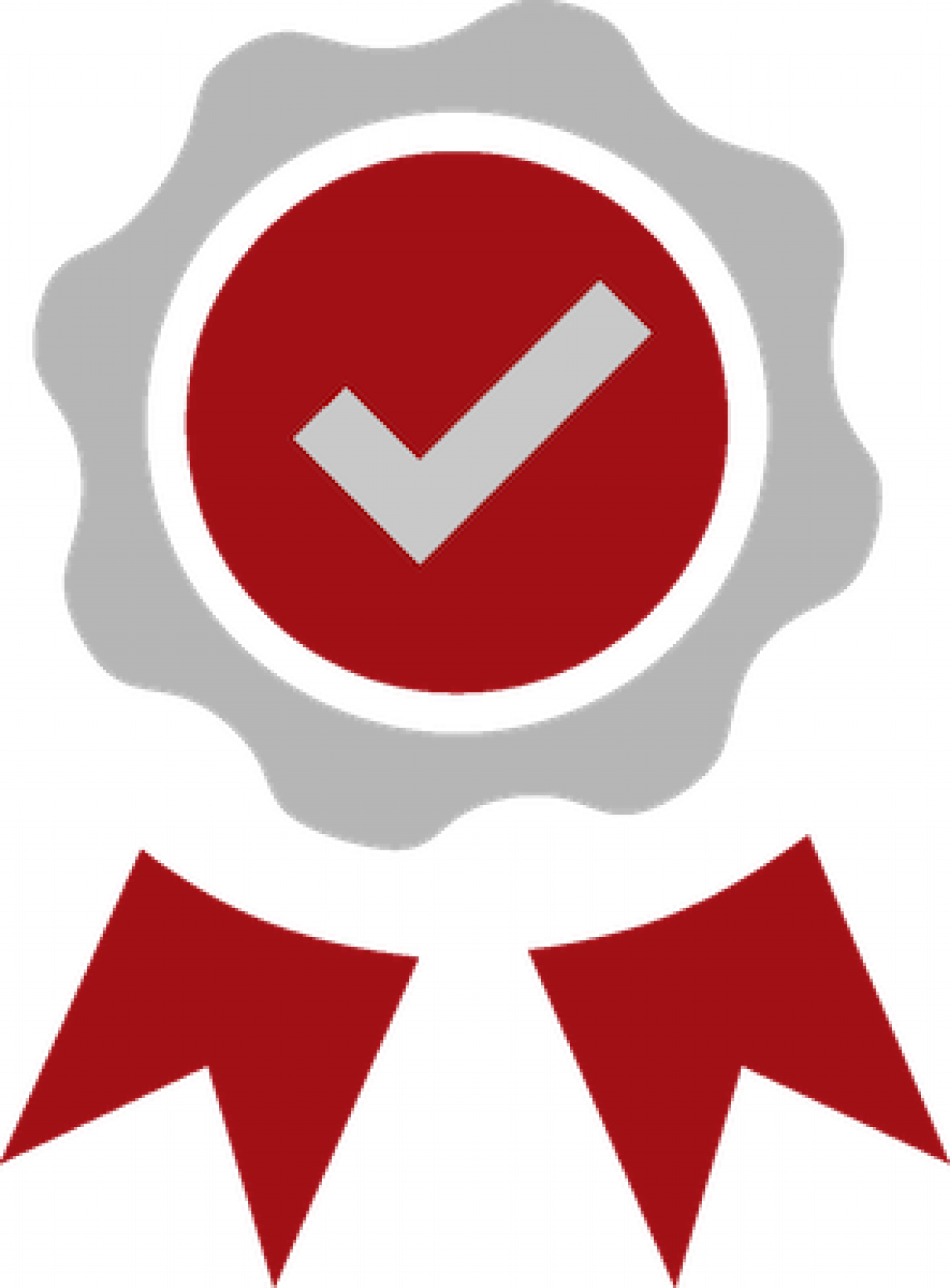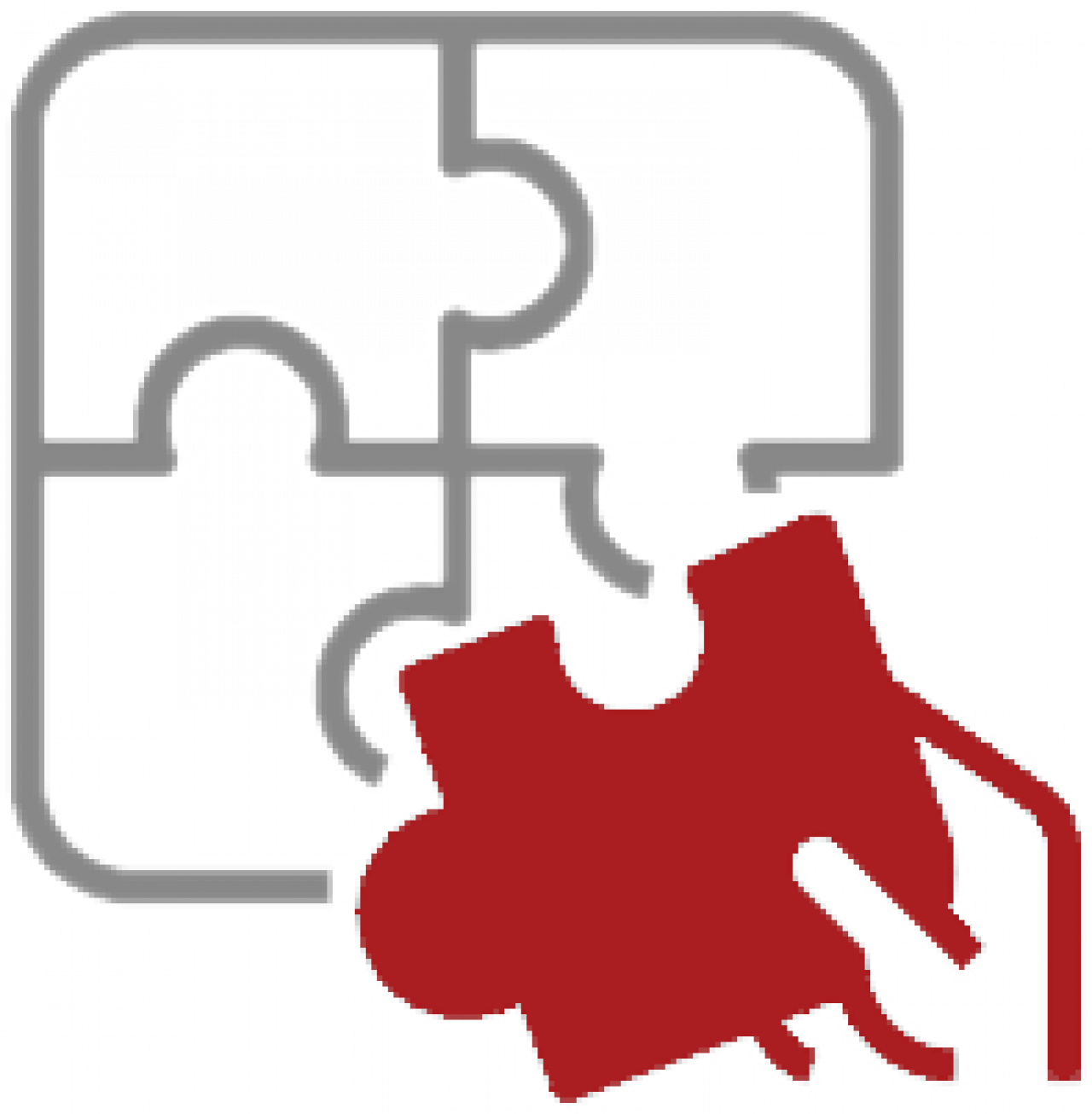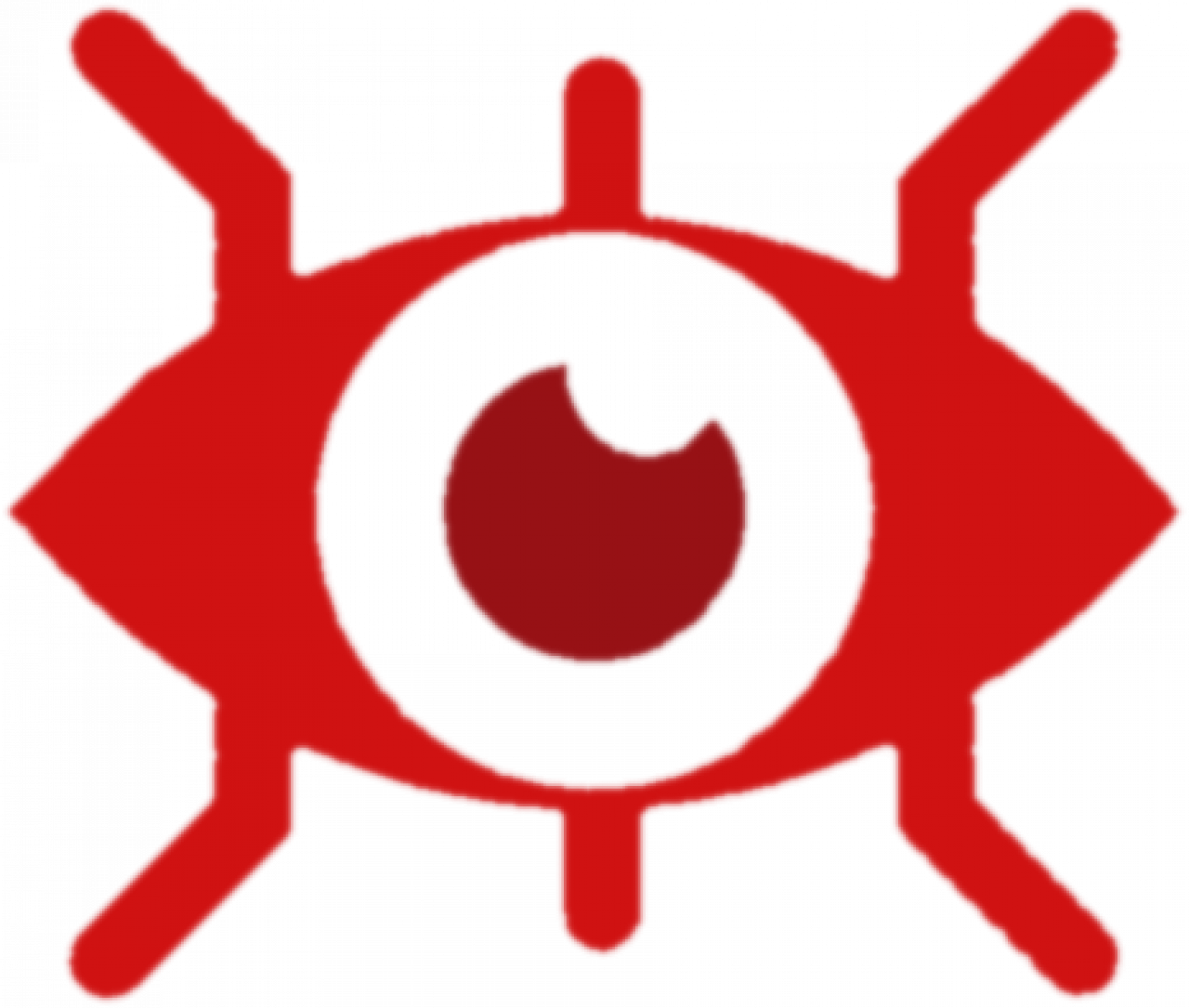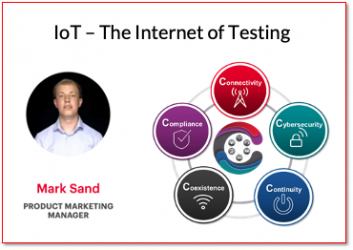
Test automation and the Internet of Things (IoT) are distinct but interconnected domains The relationship between the two primarily lies in how test automation can be used to ensure the quality and reliability of IoT devices and systems.
In complementary fashion, modern intelligent, connected test instruments share attributes with other IoT edge devices – sensor-centric mono-functionality, remote access and control, cloud-based analytics, etc. – and so themselves participate in the Internet of Things.
Automating Test of IoT Devices and Infrastructure
OpenTAP is most frequently deployed to run as an on-premises test automation platform, and so participates in the manufacture and test of IoT edge devices. OpenTAP, however, is on the move, with new capabilities for connecting to remote devices, logging results to the cloud and sharing those results. As such, OpenTAP is ideal for automating holistic test of IoT, from the edge intro the cloud and through value-added IoT applications.
Let’s explore how OpenTAP-based test automation can impact various aspects of IoT device and infrastructure manufacture and deployment.

QA for IoT Devices
IoT devices are interconnected physical objects that communicate with each other, with edge routers and bridges, and with cloud services and applications. Ensuring the quality and reliability of these devices is crucial to successful deployment and operation. OpenTAP is used to test various aspects of IoT devices themselves, including their hardware, firmware, and software, and connectivity with other devices and infrastructure.

Functional Testing
Test automation built on OpenTAP can perform functional testing on IoT devices to verify that they perform their intended functions correctly. This testing can involve testing sensors, actuators, communication protocols, and data processing logic.

Compatibility Testing
IoT devices interact with a variety of platforms, operating systems (Windows, Linux, RTOSes), and communication protocols (e.g., MQTT, REST, various wireless protocols, etc.). OpenTAP-based automated tests can verify that IoT devices correctly implement the protocols they embody as well as actual interoperation with other edge devices, edge routers, and software running in the cloud.

Security Testing
IoT devices and infrastructure, when internet-facing, are vulnerable to security threats. Test automation with OpenTAP can be used to orchestrate a range of security testing, especially penetration testing, to identify vulnerable configurations and weaknesses in IoT device security.

Scalability Testing
IoT systems can involve a large number of interconnected devices. Using OpenTAP’s scalability enables simulation of large numbers of devices and orchestrate tests that exercise performance, resource usage and other attributes of massive fleets of devices across diverse and diffuse infrastructure.

Performance Testing
Many IoT use cases involve handling large volumes of data and connections, both at the edge and in the cloud. Performance testing using OpenTAP test automation can assess how IoT devices and systems perform under different loads and conditions.

End-to-End Testing
IoT can involve a combination of hardware, embedded software, cloud services, and mobile and web applications, distributed across multiple networks and geographies. Test automation with OpenTAP facilitates end-to-end testing to ensure that the entire IoT ecosystem functions seamlessly.

Continuous Integration and Deployment (CI/CD)
OpenTAP, with its plugin architecture, lets test automation be integrated into CI/CD pipelines for IoT software development. Automated testing across the IoT device lifecycle, including during firmware updates and system upgrades, increases reliability of IoT devices and applications.

Remote Monitoring and Testing
IoT devices are often deployed in remote or inaccessible locations. OpenTAP enables automated tests to run remotely, enabling continuous monitoring and testing of IoT devices without physical access.
Data Validation and Analytics

IoT at the edge can generate significant volumes of data. Automated tests can validate the correctness and integrity of the data collected by IoT devices, analyze this data for trends and anomalies, and also test data integrity upstream.
Conclusion
Test automation as implemented by OpenTAP plays a critical role in ensuring the functionality, security, scalability, and overall quality of IoT devices and infrastructure. As IoT technology and deployment continues to grow and evolve, the need for robust test automation practices becomes increasingly important to deliver reliable and secure IoT solutions to the market. OpenTAP, with its broad ecosystem and flexible architecture, is the ideal test automation platform to accompany the growing ubiquitousness and complexity of IoT at the edge and in the cloud.

